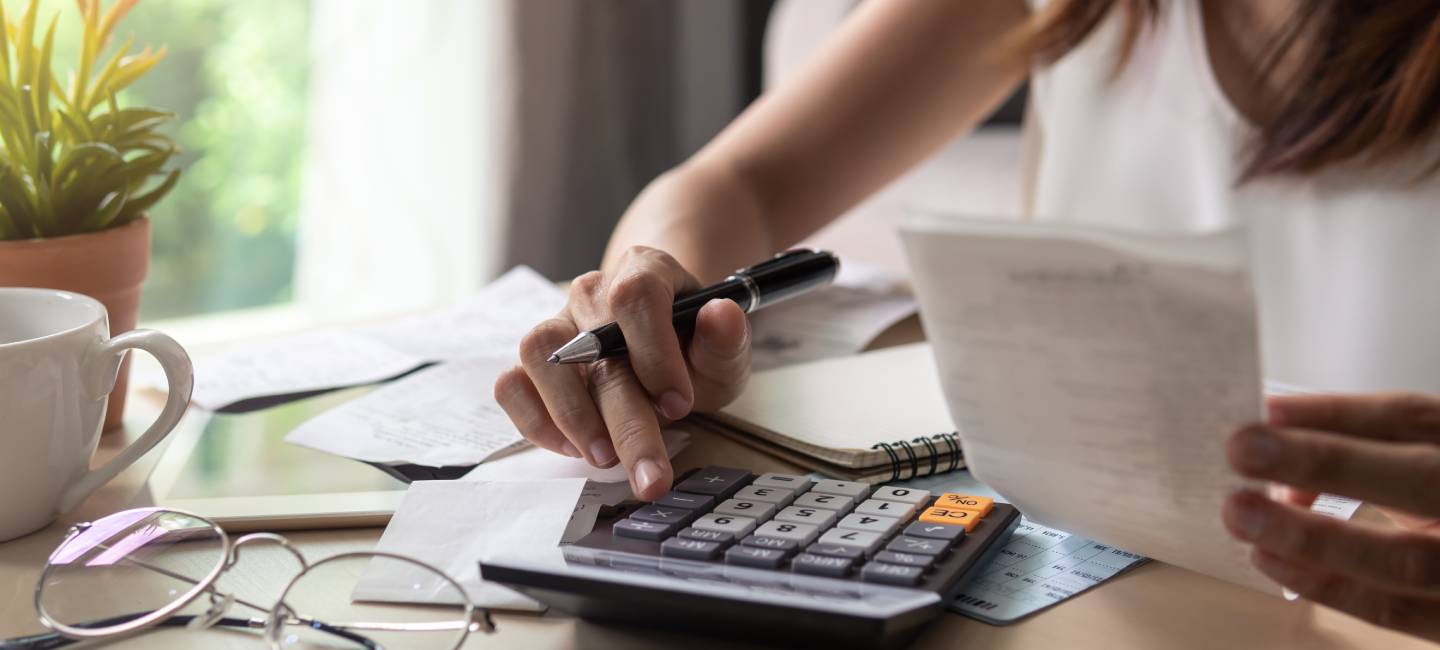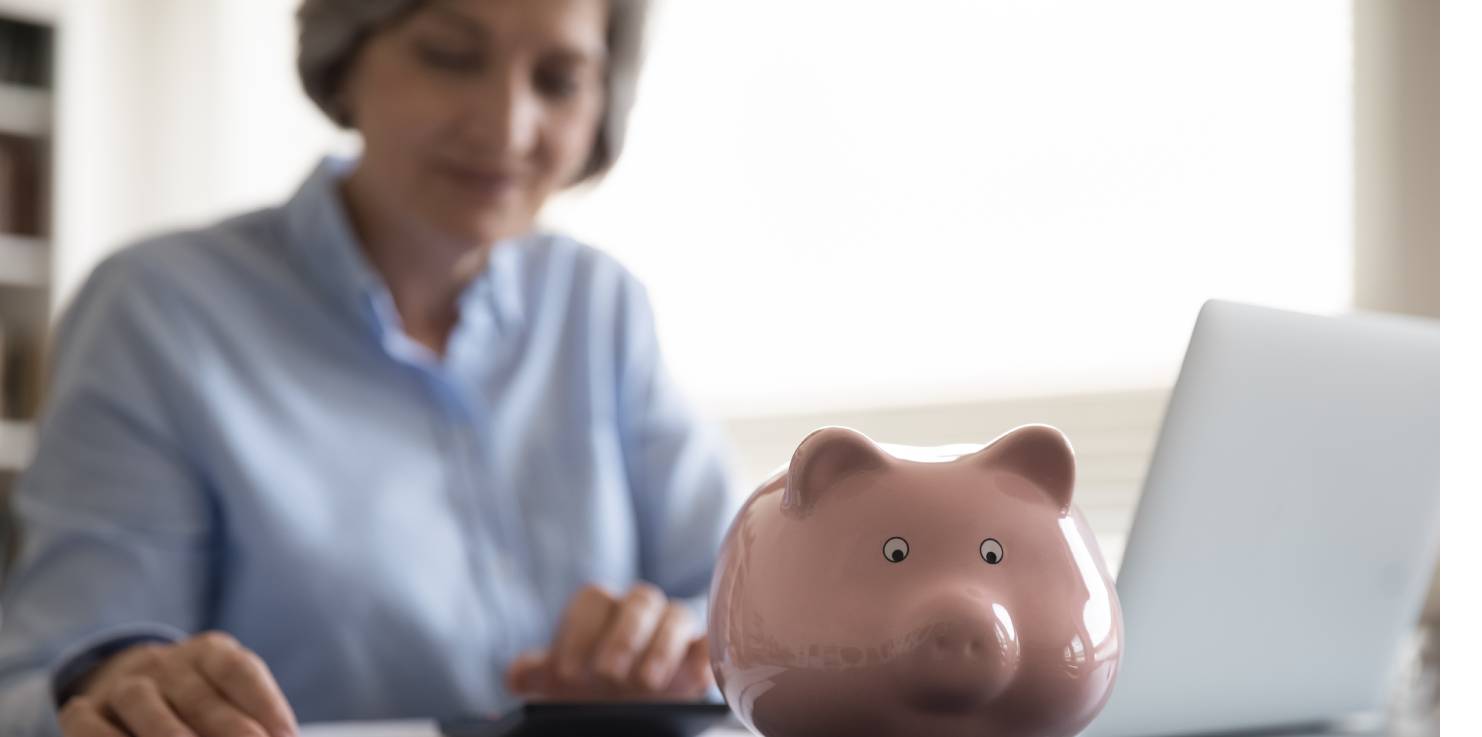

This article is for general guidance only and is not financial or professional advice. Any links are for your own information, and do not constitute any form of recommendation by Saga. You should not solely rely on this information to make any decisions, and consider seeking independent professional advice. All figures and information in this article are correct at the time of publishing, but laws, entitlements, tax treatments and allowances may change in the future.
This year, HMRC expects 1.16 million pensioners to pay tax on their savings interest – more than double the number of three years ago. Nearly half of all taxpayers having to pay tax on savings are pensioners.
Below, we explain why so many are affected – and crucially, the steps you can take to protect your money and keep more of your savings tax-free.
What’s on this page?
The new figures are the result of a freedom of information request from AJ Bell. The figure of 1.16 million pensioners expected to pay tax on savings compares to 493,000 that were affected in 2022/23, and 1.09 million in 2024/25.
Across all age groups, it’s estimated that 2.64 million people will pay tax on their savings in 2025-26, up from 1.22 million in 2022/23. It means pensioners will account for nearly half (44%) of the total.
The spiralling number of people paying tax on their savings interest is largely down to rising interest rates on savings accounts and frozen tax thresholds.
Although the Bank of England interest rate has edged down from its highs of 5% and above, which were seen from summer 2023 to autumn 24, at 4% it’s still higher than it was for many years. It was consistently below 1% from February 2009 to May 2022. So many people are still earning more on their savings than they did for a decade or more until 2023.
Income tax thresholds, meanwhile, have been frozen since 2021 (in an attempt to repair public finances in the aftermath of the Covid pandemic), while the personal savings allowance hasn’t increased since it was introduced in 2016.
The PSA lets you earn a certain amount of interest on your savings before you need to pay tax. Anna Bowes, savings expert at The Private Office, explains that it’s only additional-rate taxpayers who don’t get any benefit from the allowance.
“Basic-rate taxpayers can earn up to £1,000 of interest tax-free, while higher-rate taxpayers can earn up to £500,” she says. “It’s a valuable benefit that helps savers make a little more from their cash, however it hasn’t been increased since inception.”
The result is we’re earning more money from savings, but our tax-free allowances haven’t kept pace.
Bowes adds: “When interest rates were at their lowest, some top-paying accounts were still only offering around 0.5%, so it would take a deposit of £200,000 to generate £1,000 in interest at that level. Today, however, you can earn 4.5% or even more, which means the basic rate PSA would be breached with a deposit of just £22,223.”
Higher rate taxpayers would exceed the PSA with half that balance – £11,111.50.
Everyone still has their separate tax-free personal allowance, which remains at £12,570. But many retirees will find that’s used up by pension income, with the full new state pension paying £12,547.60 a year from April 2026.
Although income tax bands and rates are different in Scotland, for the purposes of the PSA the English tax bands are used. So most people in Scotland will have the full £1,000 PSA if they earn up to £50,270.
Charlene Young, senior pensions and savings expert at AJ Bell, says one reason that so many pensioners are being caught out is that they tend to have higher cash balances than younger savers.
Not only have they had a lifetime of saving behind them, but cash might also have become a more practical choice than stock-market linked investments, if they want to reduce the level of risk they are exposed to.
“In retirement it is common to hold a little more cash,” she explains. “People often want to de-risk some of their investments and those with a good handle on their spending needs might look to build a cashflow ladder, or funnel, to match what they’ve got planned for the next few years.”
She adds: “With an immediate need to take income from assets it is natural to focus a little more on capital preservation, meaning cash becomes an increasingly useful tool, despite the risks from inflation over the long term.”

Paying tax on savings interest is frustrating, but many retirees will be able to avoid it, with a bit of planning.
Young says: “Don’t take money out of your pension unless you need it. You’ll pay income tax on withdrawals above your tax-free cash allowance and, once it’s outside a pension, you may be subject to capital gains or dividend tax if you invest it elsewhere. If you park the money in cash you may find yourself with an added income tax bill on the interest.”
This advice assumes you have a pension you can take money flexibly from – it may not apply if you have already bought an annuity, or if you have a defined benefit pension that pays a regular guaranteed income.
Alice Haine, personal finance analyst at Bestinvest by Evelyn Partners, says: “Money held in an ISA is free from tax on income and capital gains, and withdrawals are not taxed, so savers can grow their wealth without the worry of a future tax bill.”
Currently, it’s possible to save to up to £20,000 a year into ISAs and you can choose between cash and stocks and shares accounts. The allowance also applies per individual, so couples can shelter up to £40,000 a year from tax between them.
But rumours are mounting that the ISA allowance for cash could be reduced to £10,000 in the autumn Budget, as part of attempts to encourage higher levels of investing.
Like ordinary savings accounts, you can choose between easy access or fixed rate cash ISAs. Rates can vary substantially, so it’s important to shop around to ensure you earn as much interest as possible.
If you’re in a trusting relationship, it makes sense to think about whose names savings are held in. You can distribute your savings so that you both use up your tax-free personal savings allowance. Young says. “That’s especially helpful if you’re a higher or additional rate taxpayer and your partner is a basic rate taxpayer, meaning they benefit from the full £1,000 allowance.”
If you want to use your cash as part of your investment strategy, Young points out that you can hold it in your pension. “You don’t have to hold the money in the bank. Your provider may offer a relatively attractive rate of interest on cash held in a pension, or you could hold investment products that are comparable to cash, such as money market funds.” Although withdrawals may be taxable, you won’t pay tax on your pension holdings as they grow.”
If you have larger sums to invest, Haine adds that you might want to consider gilts. “Investing in gilts – bonds issued by the UK government – can be a tax-efficient alternative to traditional savings accounts. Gilts have a known maturity date and price along with a fixed interest payment (the coupon) paid out prior to maturity. The key advantage is that price gains made on gilts are exempt from capital gains tax, so most of the return is tax-free” [although the interest, or coupon, is taxable].
Rather than paying interest, Premium Bonds offer you the chance to win tax-free prizes every month ranging from £25 to £1 million. Bowes says: “For those who pay tax on savings interest, Premium Bonds could offer particularly competitive returns. For example, a tax-free win of the current prize fund interest rate of 3.6% is equivalent to a 4.5% return for basic-rate taxpayers, 6% for higher-rate taxpayers, and 6.55% for additional-rate taxpayers in a taxable savings account.”
The catch is that the ‘prize rate’ is just an indication of ‘average’ returns and isn’t guaranteed. You could win much more, or - in most cases - nothing at all. The majority of bond holders have never won a prize. Because the prize rate is influenced by a very small number of people winning very large prizes, most people don’t win as much as the prize rate.
The maximum amount you can pay into Premium Bonds is £50,000.
If you’re on a lower income, you may be able to enjoy more interest on your savings without paying tax, thanks to the starting rate for savings.
Young explains: “If one of you has income below the personal allowance (£12,570 for 2025/26), you could also benefit from the starting rate for savings. This extra allowance is worth up to an additional £5,000 for those on lower incomes and could let you earn up to £18,570 in income and savings interest without paying any income tax.
“The starting rate starts as a £5,000 tax-free band but once your non-savings income – for example income from your pensions, including the state pension – hits £12,570, you’ll lose £1 of the starting rate for every £1 above this.”
The starting rate for savings is applied automatically when your tax is calculated – you don’t need to apply for it.



Learn 5 ways to spot financial scams online.

Discover if an IHT life insurance policy is the right move for your estate planning.

These tax-free income tips and allowances can boost your retirement income.

Get the latest news on potential ISA changes expected in the autumn 2025 Budget.